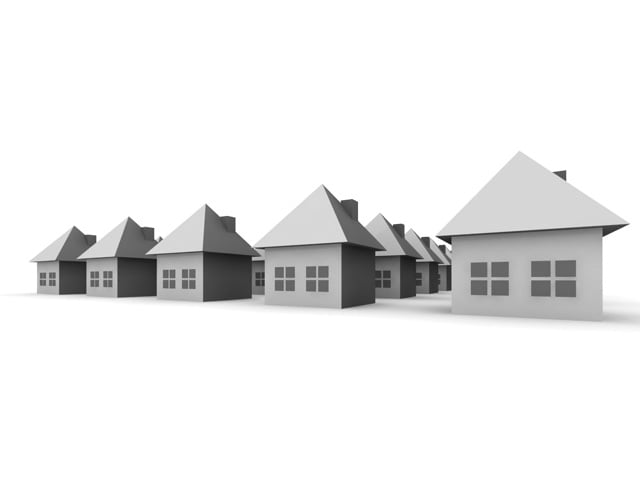
A glut of new real estate developments in Lahore over the past five years has created a housing surplus in the city, keeping prices throughout much of the provincial capital largely stagnant, according to new data released by Zameen.com.
As a precursor to creating a real estate price index, Zameen.com, one of the largest real estate websites in Pakistan, has compiled data on average real estate prices for Lahore since it began tracking data in 2007. The data is based on land and house price listings on Zameen.com. While the website is not able to keep track of actual sale prices of each property listed, the trends in listing prices are often a useful proxy for actual prices. It was this data that was shared with The Express Tribune and it does not paint a pretty picture for real estate investors in the city.
Average land prices in most middle class neighbourhoods in Lahore increased by a meagre 2.79% per year during the past five years, according to the data. During that time, inflation averaged 13.83% per year, meaning that most people who invested in land in the provincial capital lost money in real terms. Any property price increase they saw was wiped away by inflation.
House prices fared only marginally better, with the average price of a home in a middle or upper-middle income neighbourhood in Lahore increasing by a meagre 3.73% per year during the past five years, again well below inflation.

There was, nonetheless, some significant variation within house prices. The average 1,210-square-yard (two kanals, in local parlance) house in middle and upper-middle income neighbourhoods in Lahore saw its prices rise by only 3.42% per year during the five years between 2007 and 2012. The average price increase for a one kanal (605 square yard) house in those neighbourhoods rose by an even worse 2.35% per year, according to Zameen.com’s data.
Property prices towards the lower end of the spectrum – 10 marlas (303 square yards) – rose by an average of 5.3% per year during the period covered by Zameen.com’s data, which suggests that demand among the lower end of the middle class remains more robust.
These property price growth rates are not the entirety of a real estate investor’s returns on his or her investment, of course. There is also rental yield, the annual rent received from a property divided by its total price. Data on the rental yields in Lahore are not currently available, but it seems highly unlikely that yields would be high enough to beat the inflation rate over the past five years.
It is also important to recognise that the averages do not mean that any individual investor would not have been able to beat inflation, or even make good money. Indeed, the data suggests that patterns across Lahore are far from uniform.

Buyers of property in Bahria Town, Valencia Housing Society, and Wapda Town saw their property prices increase by an average of 10.76%, 8.06%, and 7.68% per year respectively. Somewhat surprisingly, Gulberg houses fared the worst: prices actually declined even in nominal terms by an average of 7.66% per year, though in that case, it may simply be that the higher-end properties in Gulberg are no longer on sale and thus no longer show up in the average for the neighbourhood.
Anecdotal evidence, however, does seem to suggest that Lahoris increasingly prefer to live in housing societies built by large real estate development companies, with all the amenities and comforts that such societies offer. Those anecdotes are backed up in the data, with the higher price increases being in the middle-priced housing societies, and the worst drops coming in the larger houses in older neighbourhoods.
Published in The Express Tribune, December 26th, 2012.


1719211536-0/BeFunky-collage-(81)1719211536-0-165x106.webp)


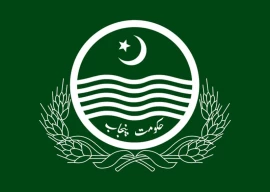

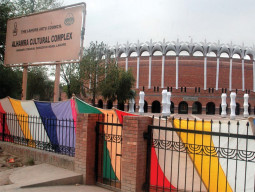

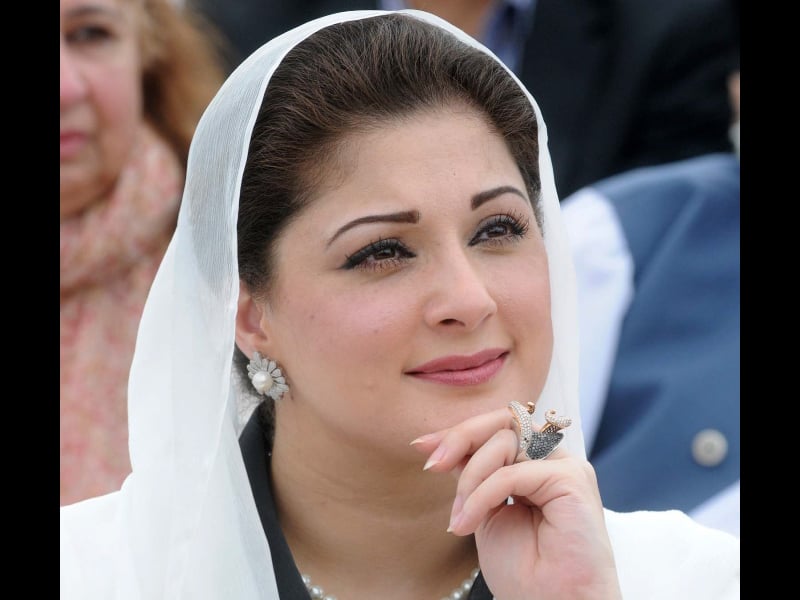



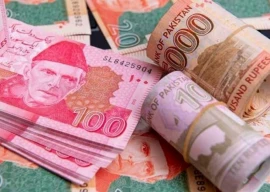









COMMENTS
Comments are moderated and generally will be posted if they are on-topic and not abusive.
For more information, please see our Comments FAQ